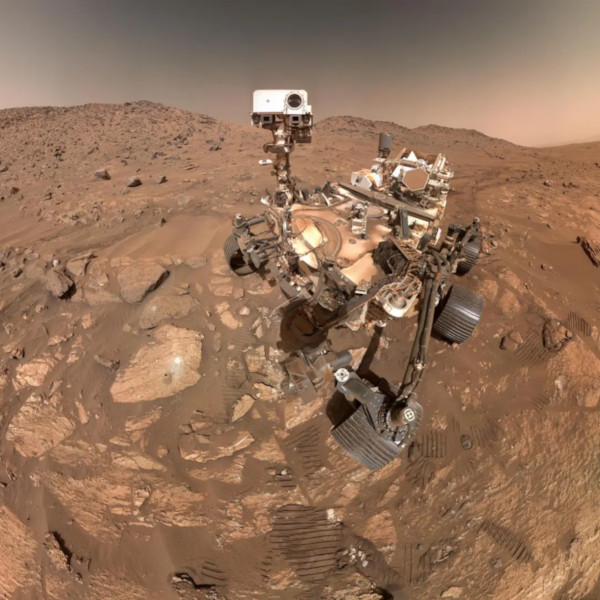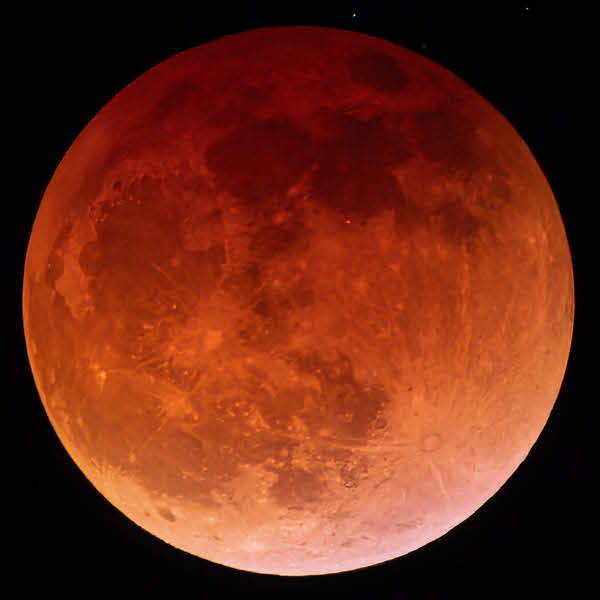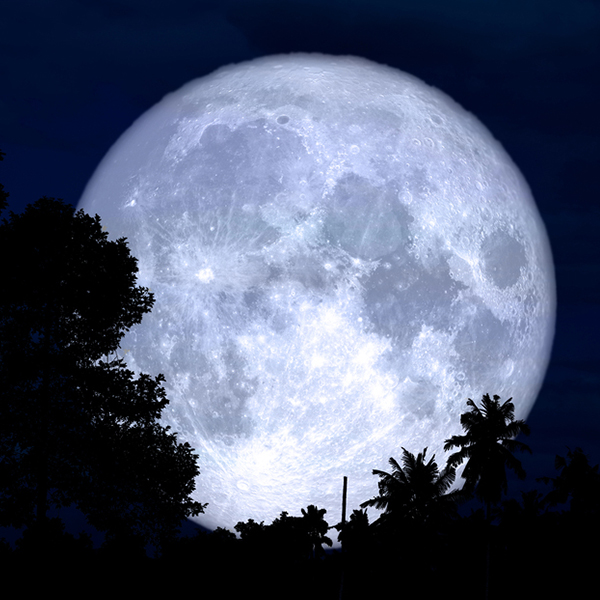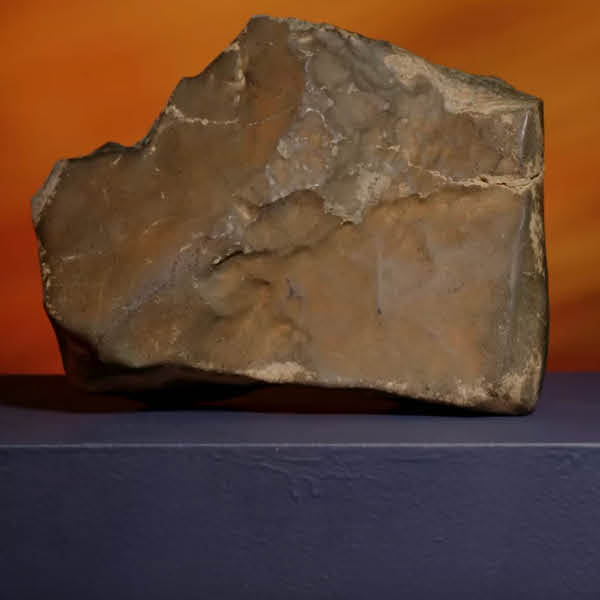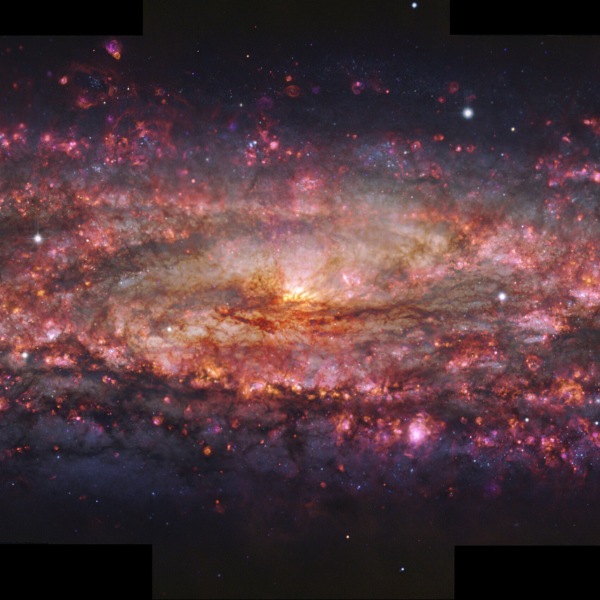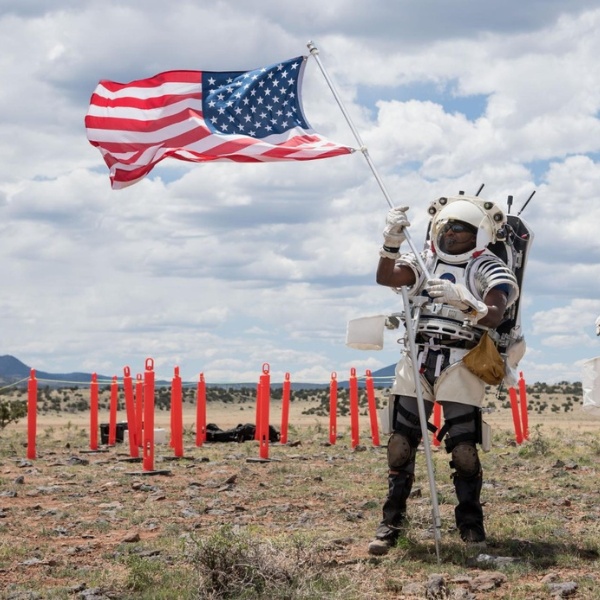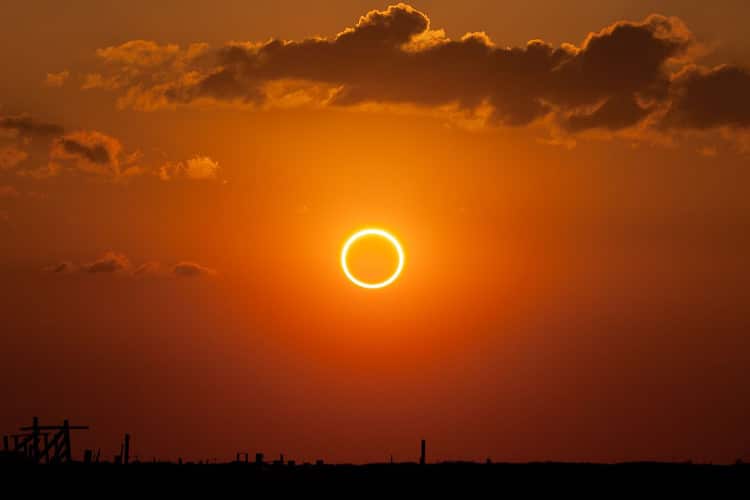
Photo: Kevin Baird via Wikimedia Commons (CC BY-SA 3.0)
We're only a few days away from one of the most exciting astronomy events of the year. On Saturday, October 14, 2023, millions of people across the Americas will get to experience a “ring of fire” eclipse. Unlike total solar eclipses, this marvelous phenomenon takes place when the Moon is at its furthest point from Earth, which prevents it from covering all of the Sun, creating a luminous halo around it.
This time, the lucky ones in the U.S. are those living in southwestern states, as the path of totality crosses parts of Oregon, Nevada, Utah, New Mexico, and Texas. If you live in or nearby the states mentioned above, you may get to see a partial eclipse, which is nothing short of amazing. Abroad, the path of annularity crosses the Yucatán peninsula in Mexico, Central America, Colombia, and northern Brazil. To know exactly how much of the eclipse you'll get to see (weather permitting), check out this Google Maps-based route of the eclipse created by French expert Xavier Jubier.
Should you find yourself in the eclipse’s path, you’ll need additional precautions before marveling at it. Since this is an annular eclipse, the Sun is never fully covered, which means it’s not safe to stare directly at it at any stage of the eclipse. The best option is getting your hands on certified solar glasses. You can check a list of reliable sellers of solar filters put together by the American Astronomical Society here.
If you're in a pinch, there are other options to observe the eclipse indirectly. For example, there's the pinhole method, in which you can punch a hole in a card. As sunlight passes through it, you can project the solar image onto a nearby surface, like a wall. You can even use your hands for this. With your back to the Sun, you can stretch out your arms and, with your fingers slightly opened, place your hand on top of the other to form a waffle pattern. The spaces between your fingers will project a grid of small images on the ground, showing how much of the Sun has been covered by the Moon.
If you don't live anywhere near the eclipse path or simply feel better following it at home, NASA will provide a live broadcast. You can follow it on NASA TV, as well as their website and social media channels from 11:30 a.m. to 1:15 p.m. EST on Saturday, October 14. Should you miss this eclipse, don’t fret, you'll get another chance in Spring 2024, when a total eclipse covers a good portion of North America on Monday, April 8, 2024.
On Saturday, October 14, 2023, millions of people across the Americas will get to experience a “ring of fire” eclipse.
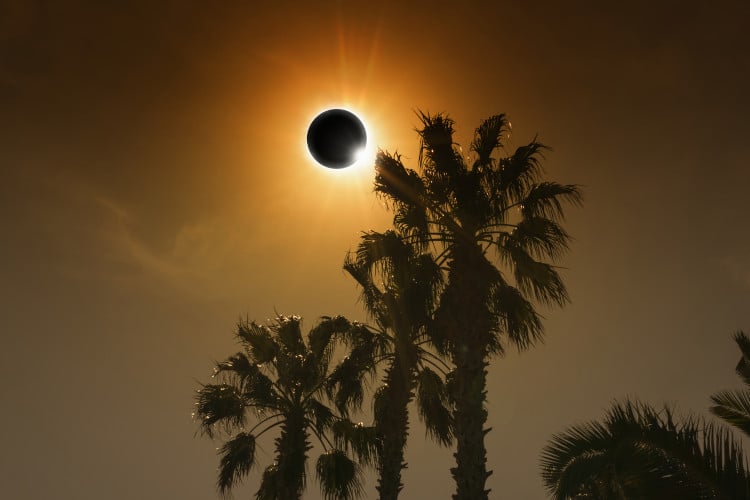
Photo: I_g0rZh/Depositphotos
Unlike total solar eclipses, this marvelous phenomenon takes place when the Moon is ant its furthest point from Earth, which prevents it from covering all of the Sun, creating a luminous halo.
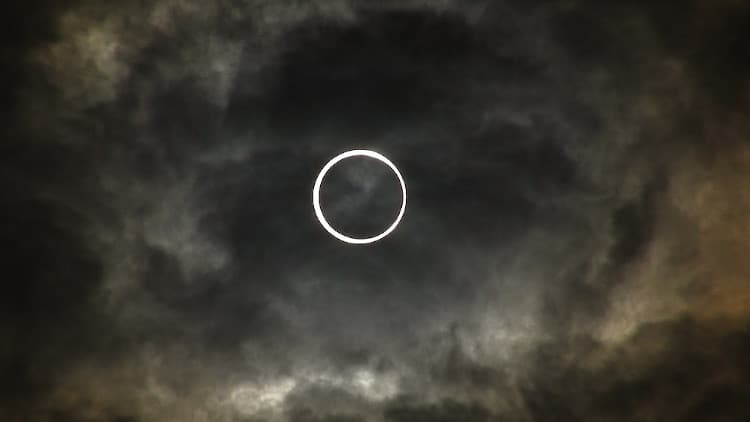
Photo: Masaru Kamikura via Wikimedia Commons (CC BY 2.0)
h/t: [IFL Science]
Related Articles:
Upcoming “Ring of Fire” Annular Solar Eclipse Will Be Broadcast by NASA
Astrophotographer Captures Stunning Composite Photo of 2022’s Last Lunar Eclipse
NASA Sun Mission Photographs Fiery Solar Eclipse From Space
Astrophysics Grad Takes Epic Graduation Photo Under a Total Lunar Eclipse














































































